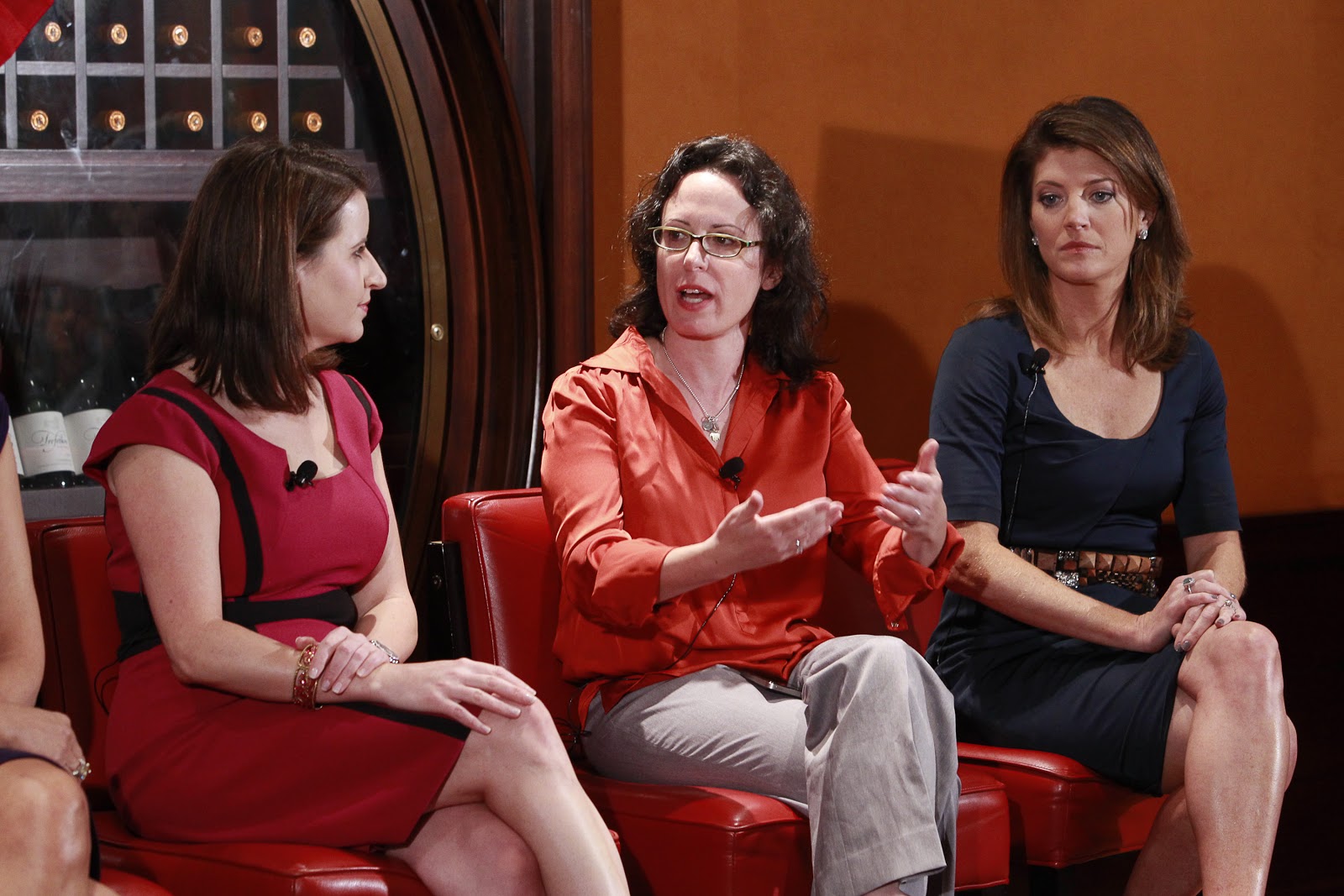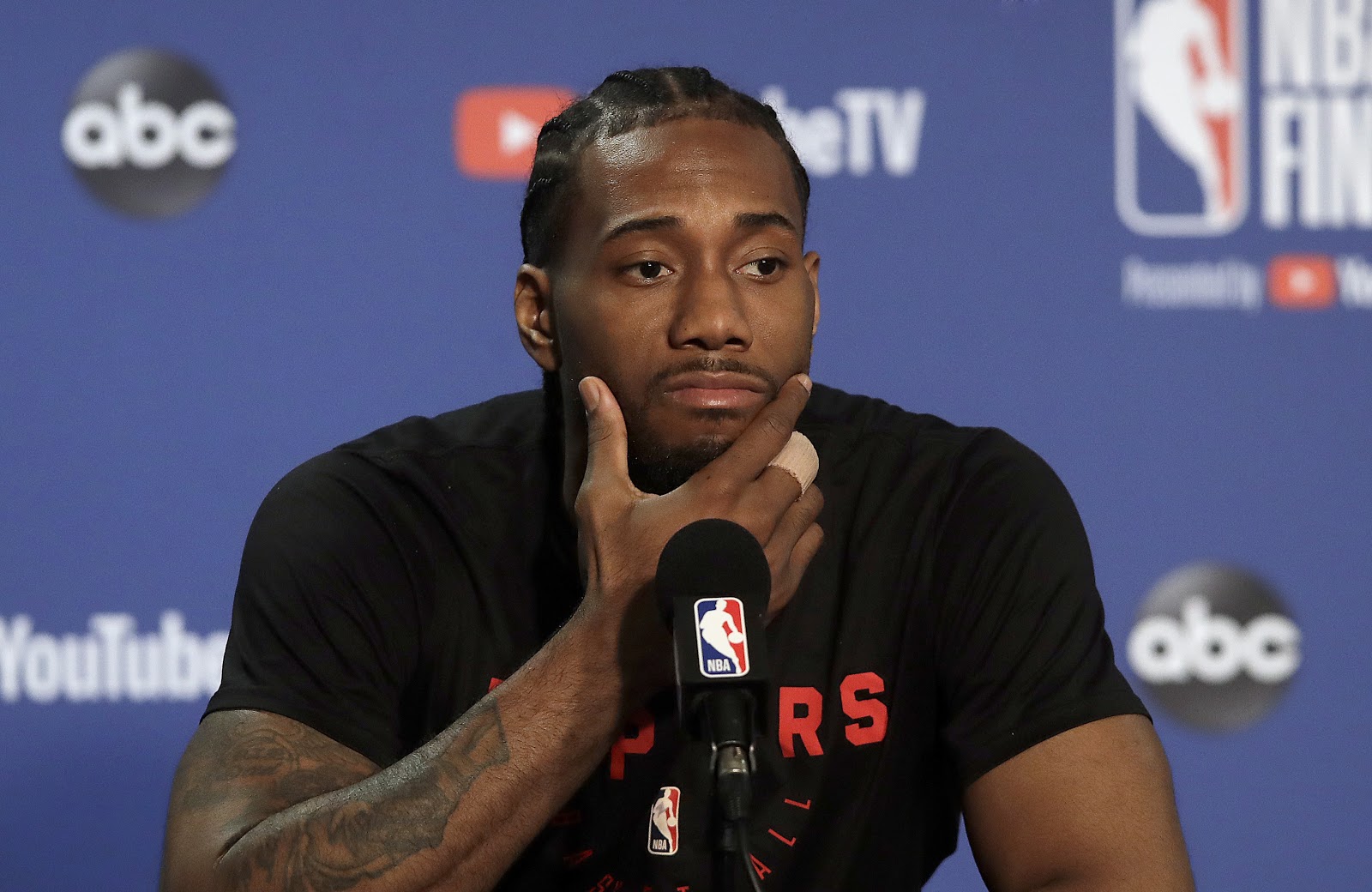July 8, 2019
Saturday’s blockbuster news: Billionaire Jeffrey Epstein was arrested for allegedly sex trafficking dozens of minors in New York and Florida between 2002 and 2005. He will appear for a bail hearing in New York today.
But it was last November, in a three-part investigation by the Miami Herald’s Julie K. Brown, when Epstein’s disturbing behavior was fully realized. The Herald identified about 80 women who say they were molested or sexually abused by Epstein. Brown also reported that, in 2009, Epstein pleaded guilty to solicitation of prostitution and procurement of minors for prostitution.
But he received a light punishment, serving 13 months of an 18-month sentence, after a deal with former U.S. attorney Alexander Acosta, who just so happens to now be the U.S. Secretary of Labor.
Brown’s dogged work in the Herald was and continues to be at the forefront of this critical story. (Poynter’s Kristen Hare wrote about the Herald’s series right after it came out last November.)
“Doing an investigation like this is very difficult and trying, especially when it involves victims like this does, young women who were sexually abused,” Brown told CNN’s Brian Stelter on Sunday’s “Reliable Sources.” “I also think that it’s very difficult when you get a big splash and you get attention and it kind of drops off the media radar. What I tried to do since the story ran and got all that attention was to keep hounding away at the story. I didn’t give up on it. It’s sometimes easy to walk away and just let things happen, but I just felt that I had to keep pursuing it and not let the powers that be, so to speak — the law enforcement people, the people in government — forget that these women were out there, and they’re talking and they want to tell their story and they want justice.”
[the_ad id=”667826″]
Next is to see where this story goes, considering Epstein has some very powerful ties, including to President Donald Trump and former President Bill Clinton. In a 2002 New York Magazine story about Epstein, Trump said, “I’ve known Jeff for 15 years. Terrific guy … He’s a lot of fun to be with. It is even said that he likes beautiful women as much as I do, and many of them are on the younger side. No doubt about it, Jeffrey enjoys his social life.”
Does a statement like that matter? Washington Post national correspondent Philip Bump told Stelter on “Reliable Sources” that a quote like that is “very ripe” for pointing out that Trump was friends with Epstein, but it also shows that Epstein was connected with powerful people.
“That’s what makes this Miami Herald report such a great example of exactly what the media should be doing,” Bump said. “This is holding power to account. That Donald Trump had a connection to this guy shows how connected he was. Whether or not that connection meant anything, the fact that he had that much access to power and continues to have access to power, that’s why this is so important. And regardless of your political views and regardless of how you feel about Epstein and regardless of how you feel about Clinton and Trump, you should be celebrating this kind of reporting for that very reason.”
The story also should be celebrated for just how dangerous it was from the start.
“I’ve felt a lot of pressure,” Brown said during an MSNBC appearance on Sunday. “Needless to say, these are very powerful people and I think that they’re sweating a little bit, especially today. We don’t know how much, how deep this went, how far-reaching it went in government, but there have been a lot of names that I could see on these message pads (listing clients) on a regular basis as part of the evidence. These message pads where they would call and leave Epstein messages, such as, ‘I’m at this hotel.’
“Why do you do that, unless you’re expecting him to send you a girl to visit you at your hotel? So there are probably quite a few important people, powerful people, who are sweating it out right now,” she said. “We’ll have to wait and see whether Epstein is going to name names.”
[the_ad id=”667872″]
Tweet of the day
Julie K. Brown tweeted this on Sunday evening:
“I know there is a lot of praise on here for the Herald and myself. But I have to say the REAL HEROES HERE were the courageous victims that faced their fears and told their stories.”
Bad news from the Great White North
Reports out of Canada are that 79 people at The Globe and Mail have accepted buyouts, and that more than half are from the editorial department. The Globe and Mail began offering a voluntary severance program in May in an effort to save about $10 million a year annually. The buyouts include several high-profile writers, such as former foreign correspondent Stephanie Nolen and longtime columnist Roy MacGregor. Nolen confirmed the news on Twitter.
On a personal note, I met MacGregor early in my career when I was a sportswriter covering hockey, and have long considered him one of the best newspaper writers I have ever met. He has covered everything from sports to politics to culture and has worked at the National Post, the Ottawa Citizen, Maclean’s magazine, the Toronto Star and The Canadian Magazine.
He also has authored nearly 40 books, including the Screech Owls mystery series. The internationally successful series was written for young readers and is about a youth hockey team that solves mysteries.

What’s the story?
Last week, The New York Times invited readers to ask questions of star reporter Maggie Haberman, who covers the White House. More than 400 readers responded. The Times printed some of the more interesting questions and answers.
Haberman talked about how she gathers information for stories, what it’s like to cover President Trump, the value of Twitter in her job, what her typical day is like and on how to balance work and family.
When she was asked if she had any advice for young journalists, Haberman wrote, “On tips, get coffee with anyone who wants to meet with you. Try to be the last person still working when others have gone home. Work hard never to get beat on a story. And remember that this is an incredibly important job, and one that is unlike any other.”
[the_ad id=”667878″]

Not the finest moment
It has been a bad couple of weeks for sports journalism. Over the weekend, the National Basketball Association’s biggest free agent, Kawhi Leonard, chose to sign with the Los Angeles Clippers. He did so after several reporters and analysts, including Fox Sports’ Chris Broussard and ESPN’s Jalen Rose, said he would not sign with the Clippers. Less than 48 hours before Leonard chose the Clippers, Broussard tweeted that the Clippers were out:
“Kawhi Update: Raptors had strong meeting yesterday. Drake heavily involved. Talked of having Kawhi involved w/his OVO record label. Kawhi in deep soul searching. Wants Lakers but wants to make sure Big 3 will fit/work. Clippers out. It’s btwn Lakers & Raptors. Very close.”
Rose, in the meantime, appeared on ESPN’s morning show “Get Up” and said it was “99%” that Leonard was returning to Toronto.
Others also reported that they were hearing Leonard would not go to the Clippers even though it now seems obvious that their “reports” were nothing more than guesses.
This might not seem like a big deal. After all, it’s just basketball, not global politics. Nevertheless, the need to fill air time and be first on the story led to sloppy journalism that severely undercuts the credibility of the reporters and analysts who were wrong, as well as the networks they work for.
Just because the subject wasn’t life and death doesn’t mean journalism standards should be compromised.

Hot type
For ESPN.com, Gwendolyn Oxenham writes about the complicated relationship between USA soccer star Megan Rapinoe and her brother.
Will democracy die in Youngstown, Ohio? Washington Post media columnist Margaret Sullivan went to Youngstown to write about the closing of a newspaper.
In a series of tweets Sunday night, President Trump blasts several news outlets, including Fox News.
Oklahoma leads the nation in childhood trauma. The Tulsa World has a special report on how it affects that state and what residents can do about it.
Upcoming Poynter training:
- Fundamentals of Investigative Journalism (online seminar). Early-bird deadline: July 15.
- Don’t Blow It: A Guide to Getting It Right (webinar). July 16 at 2 p.m. EST.
Want to get this briefing in your inbox? Sign up here.







